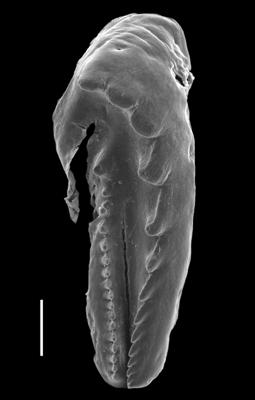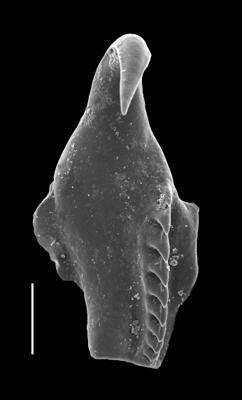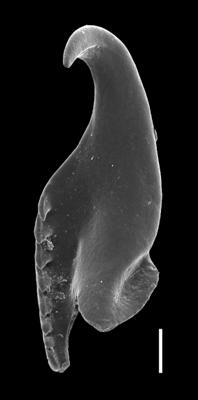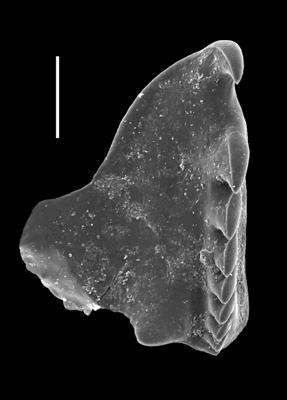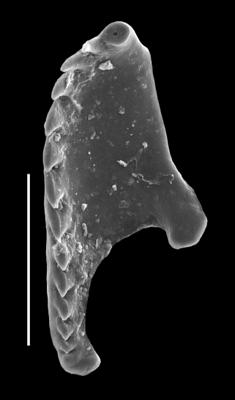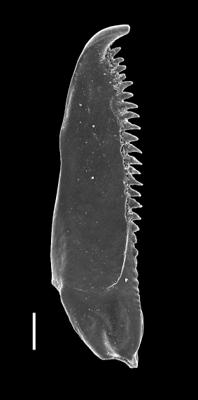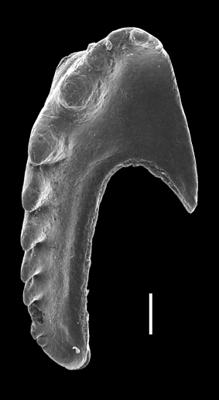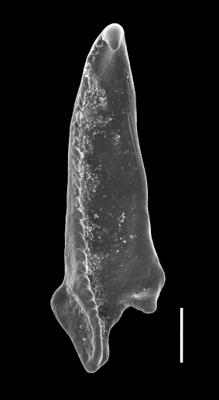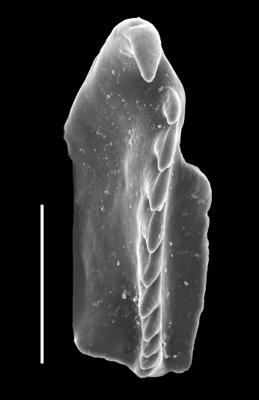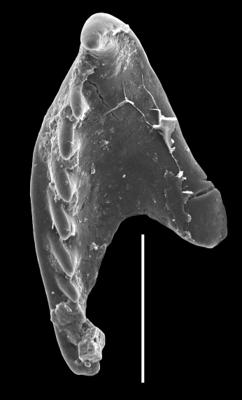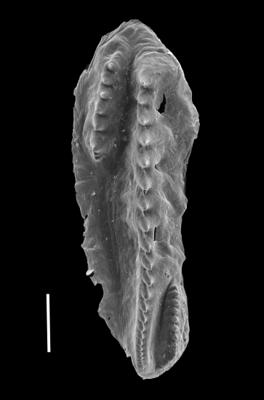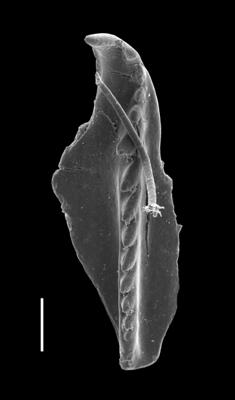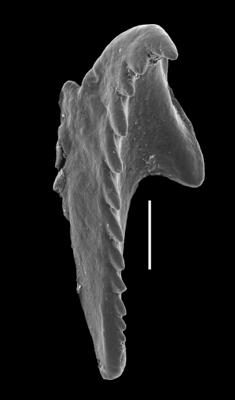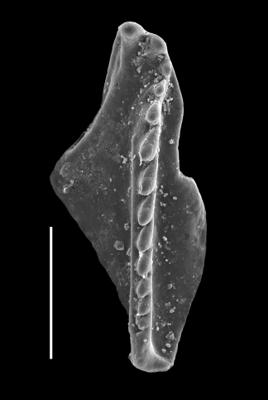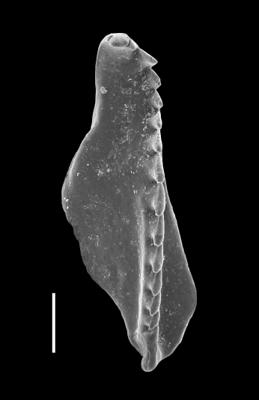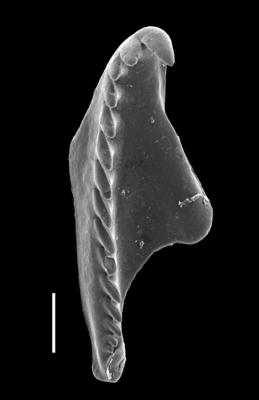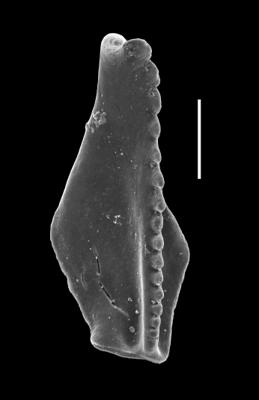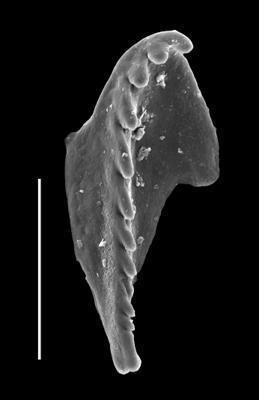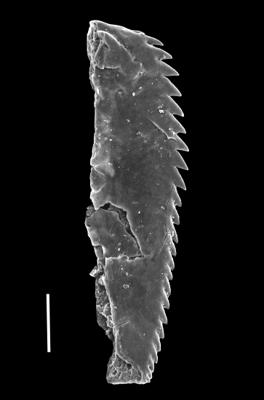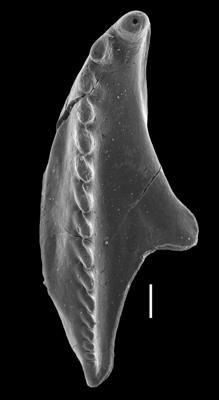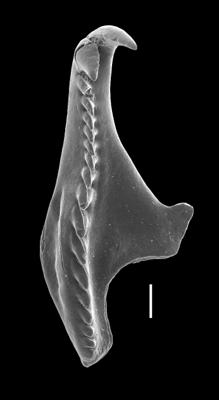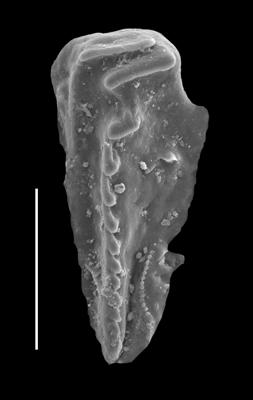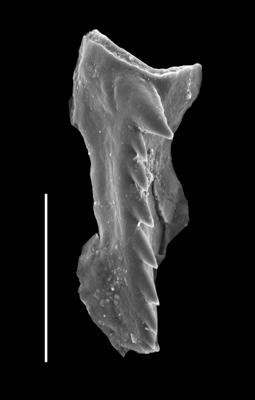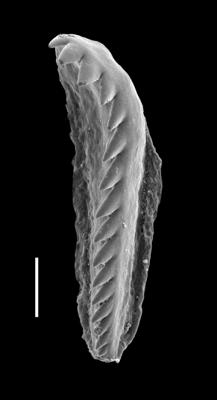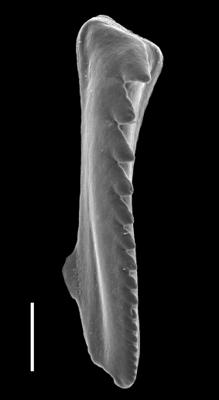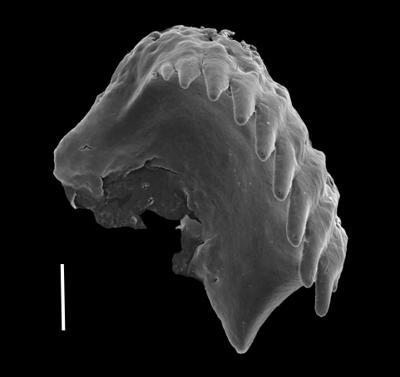Hints, O. & Eriksson, 2007
| Author(s): | Hints, O., Eriksson, M. E. |
|---|---|
| Year: | 2007 |
| Title: | Diversification and biogeography of scolecodont-bearing polychaetes in the Ordovician |
| Journal: | Palaeogeography, Palaeoclimatology, Palaeoecology |
| Volume: | 254 |
| Number: | 1-2 |
| Pages: | 95-114 |
| Abstract | Scolecodonts are common microfossils in Palaeozoic rocks, bearing witness to the extensive radiation of jawed polychaete worms during the Ordovician Period. Information on Ordovician scolecodonts is increasing, though it is still patchy and strongly skewed towards Baltica and Laurentia. Comparison of the faunas of these two palaeocontinents indicates that approximately 50% of the genera, but only a few species, had intercontinental distribution. Meagre data from other terranes also show that several genera were cosmopolitan. In total, more than 50 Ordovician genera are known. The first records are from the Furongian (latest Cambrian), but scolecodont diversity and abundance remained very low until the Darriwilian. The earliest jawed polychaetes had primitive, usually symmetrical, placognath/ctenognath type jaw apparatuses. Xanioprionids, tetraprionids? and/or conjungaspids seem to have played an important role in the early evolution and diversification of scolecodont-bearing polychaetes. The first more advanced taxa, such as the polychaetaspids with labidognath type jaw apparatuses and mochtyellids with placognath type apparatuses and compound maxillae, are first recorded in the earliest Mid Ordovician. The most significant increase in global generic diversity, but also regional species-level diversity, occurred in the late Mid Ordovician, when many common taxa appeared. Accordingly, the origination rate is highest in that interval. Since many Ordovician polychaete genera are relatively long-ranging, extending into the Silurian, the extinction rate is low throughout the Period, increasing only slightly in the latest Late Ordovician. The normalised diversity curve is characterised by an increasing trend in the Mid Ordovician, followed by a plateau in the Late Ordovician |
| Keywords: | Baltica, Biodiversity, biogeography, Eesti, Gondwana, Laurentia, Ordovician, paleontoloogia, scolecodonts, Silurian |
| DOI: | https://doi.org/10.1016/j.palaeo.2006.02.029 |
| SARV-WB: | edit record |

